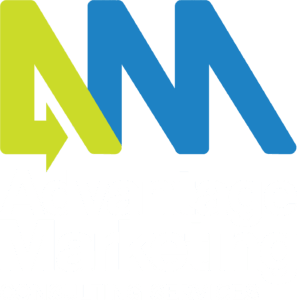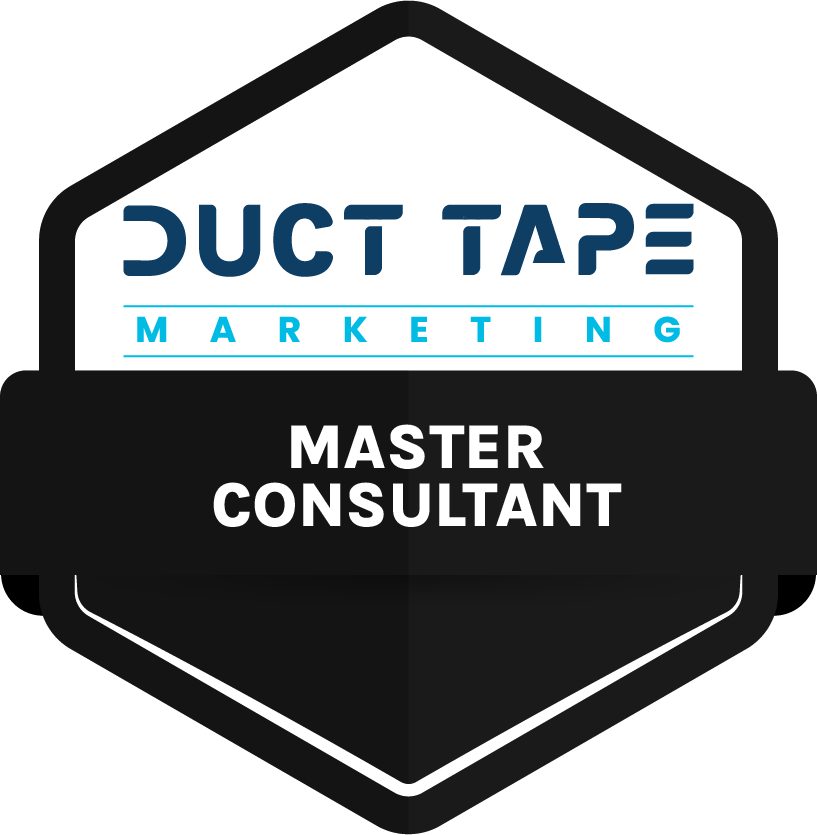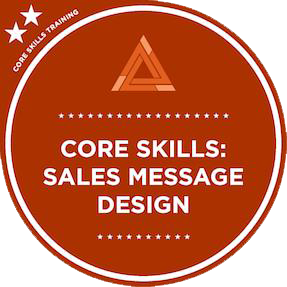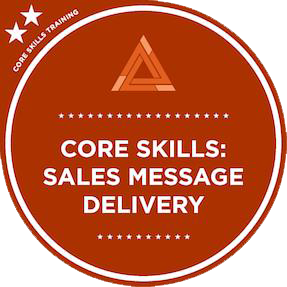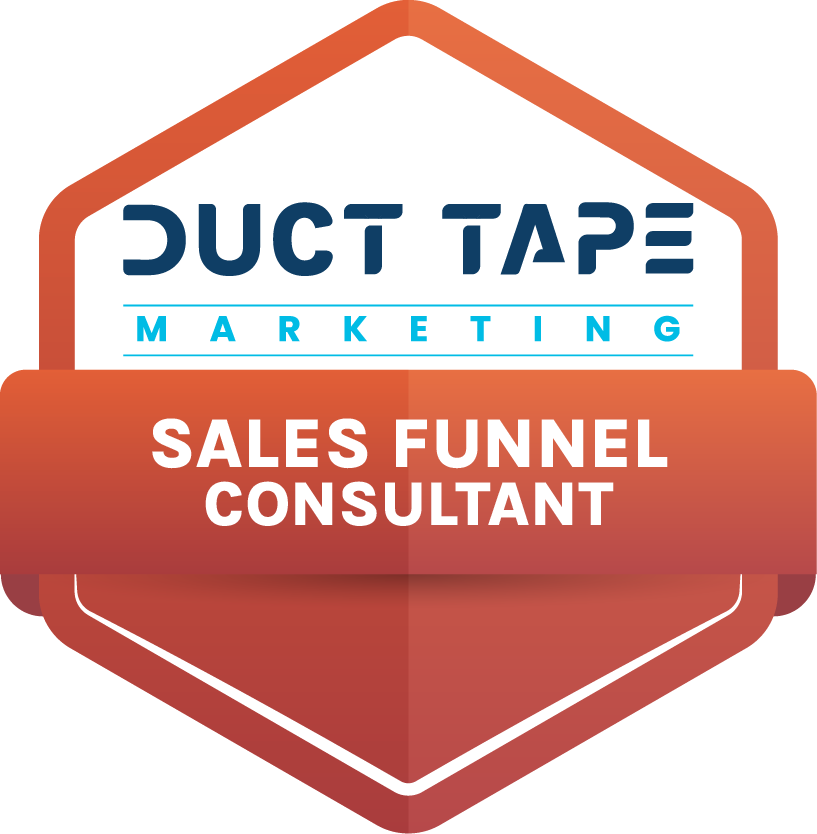If you want your content to be found, understood, and used by AI tools—especially search engines, chatbots, and voice assistants—structure matters. Schema helps machines understand your content. Concise answers help them extract what they need. Here’s how to write for both algorithms and people.
Start With Intent, Not Format
 Before anything else, know what the content is meant to do:
Before anything else, know what the content is meant to do:
- Is it answering a common question?
- Is it guiding a user through a process?
- Is it comparing options?
AI doesn’t read like a person—it scans for structure, context, and clarity. Match your format to the task.
Use Schema Markup Where It Matters
Schema is metadata. It helps AI understand the type of content you’re sharing.
Here are the most useful schema types for B2B and service-based businesses:
|
Content Type |
Schema Type | Example Use Case |
|
FAQ Section |
FAQPage |
Answering multiple client questions |
|
How-to Instructions |
HowTo |
Walking a client through onboarding steps |
|
Reviews & Testimonials |
Review or Product |
Highlighting social proof or case studies |
|
Articles or Blogs |
Article or BlogPosting |
Publishing original, long-form content |
|
Local Business Info |
LocalBusiness |
Making your business findable on Google Maps |
Example of FAQ Schema:

Don’t worry about hand-coding this—tools like Merkle’s Schema Generator or Yoast SEO can do the heavy lifting.
Structure for Clarity: The 3 Rules
1. Lead with the Answer
AI models like ChatGPT and Google’s SGE are trained to extract the first direct, clear answer. Don’t bury it.
Do this:
What is B2B SEO?
B2B SEO is the practice of optimizing a business’s website to appear in search results for decision-makers at other companies.
Not this:
There are many ways businesses approach search engine optimization, and in B2B it can be especially complex…
2. One Topic per Section
Use subheads to break up content cleanly. Every H2 or H3 should contain one idea. This makes it easier for AI to “chunk” and process information.
3. Use Lists and Tables for Complex Info
AI loves structure. Lists and tables signal “organized” info. Keep bullet points short and scannable.
FAQs Work Harder Than You Think
If you’re writing long-form content, build an FAQ section at the bottom using actual client questions. These are perfect for both human readers and AI extractors.
Example:
Q: How long does it take to see results from a marketing strategy?
A: It depends on your starting point, but clients typically begin seeing measurable outcomes within 60–90 days.
Q: What platforms should I prioritize?
A: Focus on the one or two channels where your audience is already active. For most B2B firms, that’s LinkedIn and email.
Add Context Without Padding
If you’re writing for an AI model and a human at the same time, you can add clarity by:
- Restating the question in the answer
- Providing a quick example
- Avoiding filler phrases like “as mentioned earlier”
Example:
“The biggest mistake in content marketing is starting without a plan. For example, publishing weekly blogs without a clear goal usually leads to wasted effort.”
Tools to Help You Check Your Structure
- Hemingway Editor – Simplifies your sentence structure
- Schema Markup Validator – Checks your structured data
- ChatGPT – Paste in a section and ask, “Is this formatted clearly for AI parsing?”
Frequently Asked Questions
- Do I need to use a schema on every page?
No. Use it where content answers a question, provides step-by-step guidance, or supports local visibility. - Can I write naturally and still help AI understand my content?
Yes. Clear, human-friendly content is exactly what AI tools look for. Just be direct and structured. - What’s the easiest way to start using schema if I’m not technical?
Use a plugin like Yoast (WordPress) or a tool like Merkle’s Schema Generator. You don’t need to code from scratch.
PS: Like what you’re reading? Subscribe to Magnetic Marketing Tips and stay in the know.
Don’t miss these previous articles:
When Business Slows Down, Use the Time to Get Your Marketing in Shape
The 90-Day Plan to Get Your Marketing Back on Track
Why Your Marketing Struggles Might Come Down to the Wrong Hire

